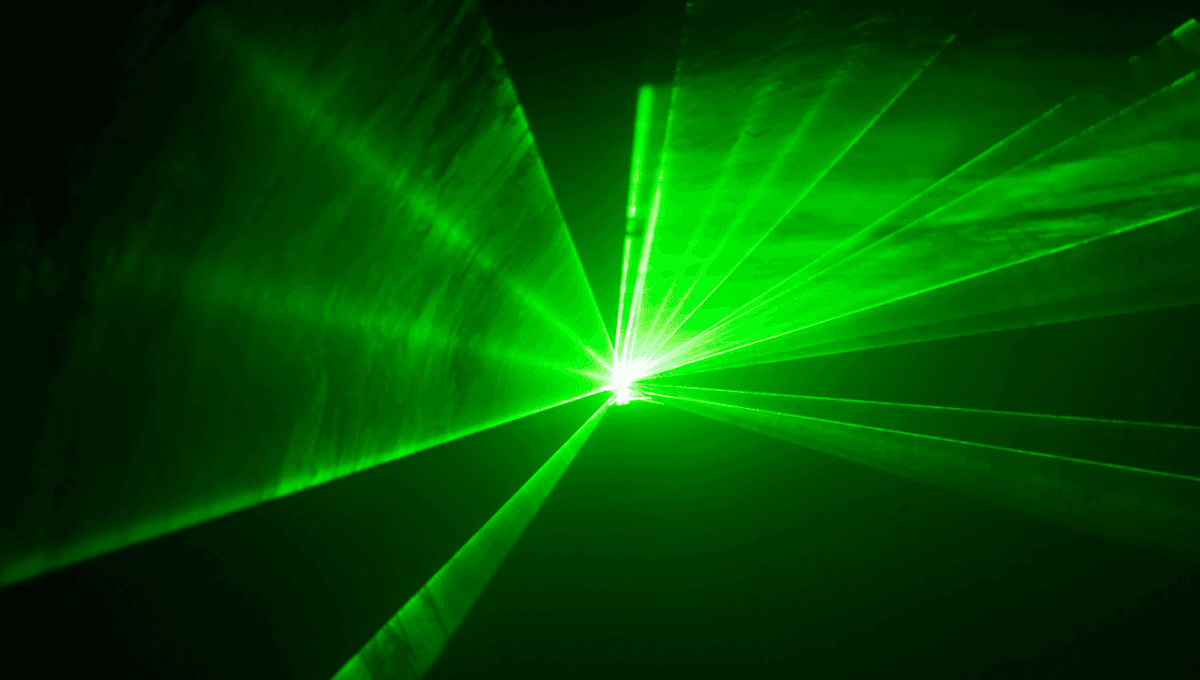
Lasers are one of those things you imagine have been around for a long time, perhaps since the invention of electricity. But they are only 60 years old, and green lasers far younger than that, with the first “true” green laser being demonstrated for the first time in 2009.
So, what exactly is a laser? Essentially, it is amplified light.
“A laser is created when electrons in the atoms in optical materials like glass, crystal, or gas absorb the energy from an electrical current or a light. That extra energy ‘excites’ the electrons enough to move from a lower-energy orbit to a higher-energy orbit around the atom’s nucleus,” the National Ignition Facility & Photon Science (NIF) explains.
When the electrons return to their ground state, they emit photons with the same energy as the one that was absorbed.
“Each orbital has a specific energy associated with it. For an electron to be boosted to an orbital with a higher energy, it must overcome the difference in energy between the orbital it is in, and the orbital to which it is going,” NASA explains. “This means that it must absorb a photon that contains precisely that amount of energy, or take exactly that amount of energy from another particle in a collision.”
Lasers are awesome.
While light from usual devices, such as a light bulb, emits a mixture of electromagnetic waves at different wavelengths, that is not the case in lasers.
“In a laser beam, the light waves are ‘coherent,’ meaning the beam of photons is moving in the same direction at the same wavelength. This is accomplished by sending the energized electrons through an optical ‘gain medium’ such as a solid material like glass, or a gas,” the NIF adds.
This is where the acronym comes from: Light Amplification by Stimulated Emission of Radiation, or laser. The word was first used in 1960, to describe the new invention.
Source Link: What Does "Laser" Stand For, Anyway?